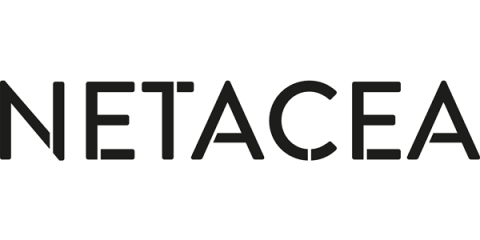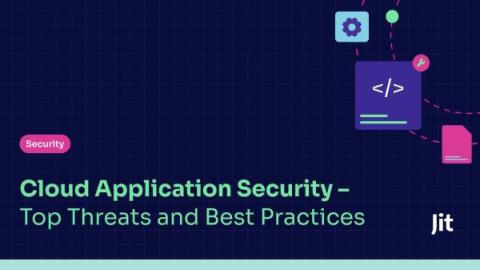The Role of FedRAMP in Federal Agency Digital Transformation and Cybersecurity
Not too long ago, when I was designing, building, operating and defending networks, the government organizations I worked with were burdened with many tasks related to deploying a new capability. We needed to decide and plan how it would be assessed and authorized, deployed, maintained, operated, patched, defended and, of course, when and how to upgrade the capability. Assessment and authorization would take months, if not over a year, for a system or set of capabilities.










